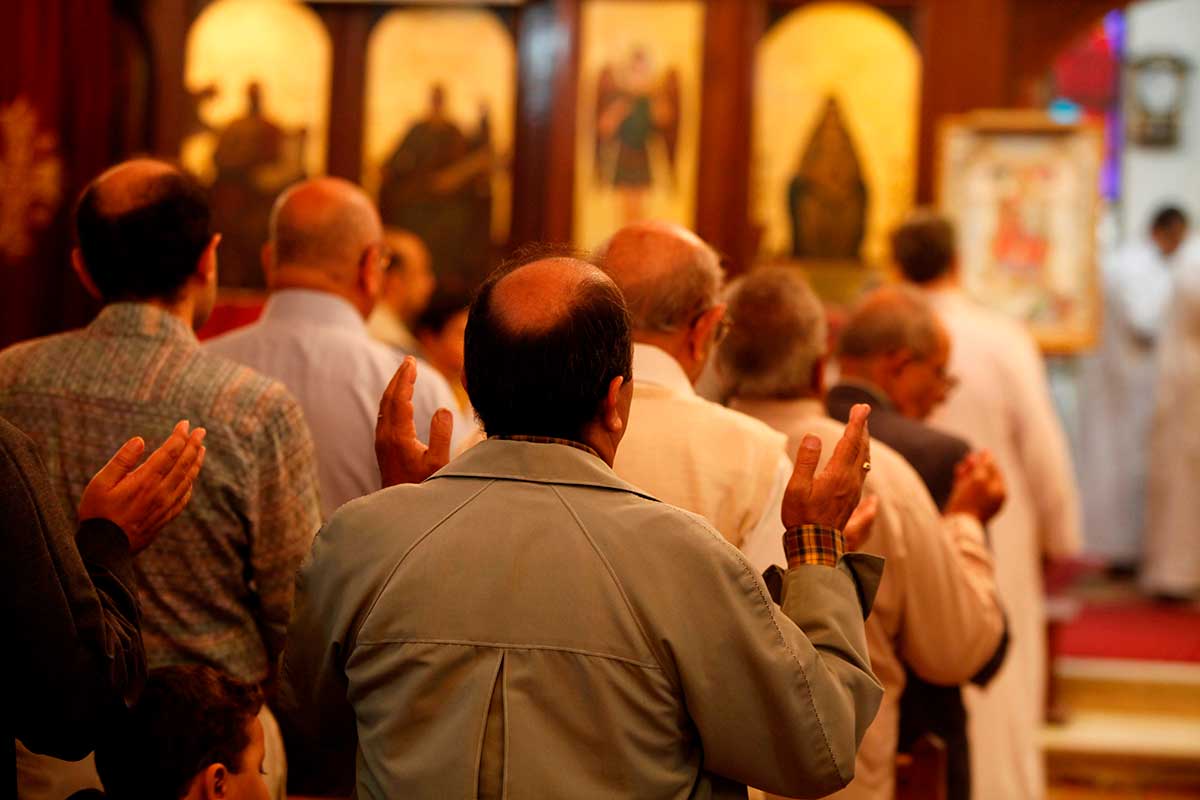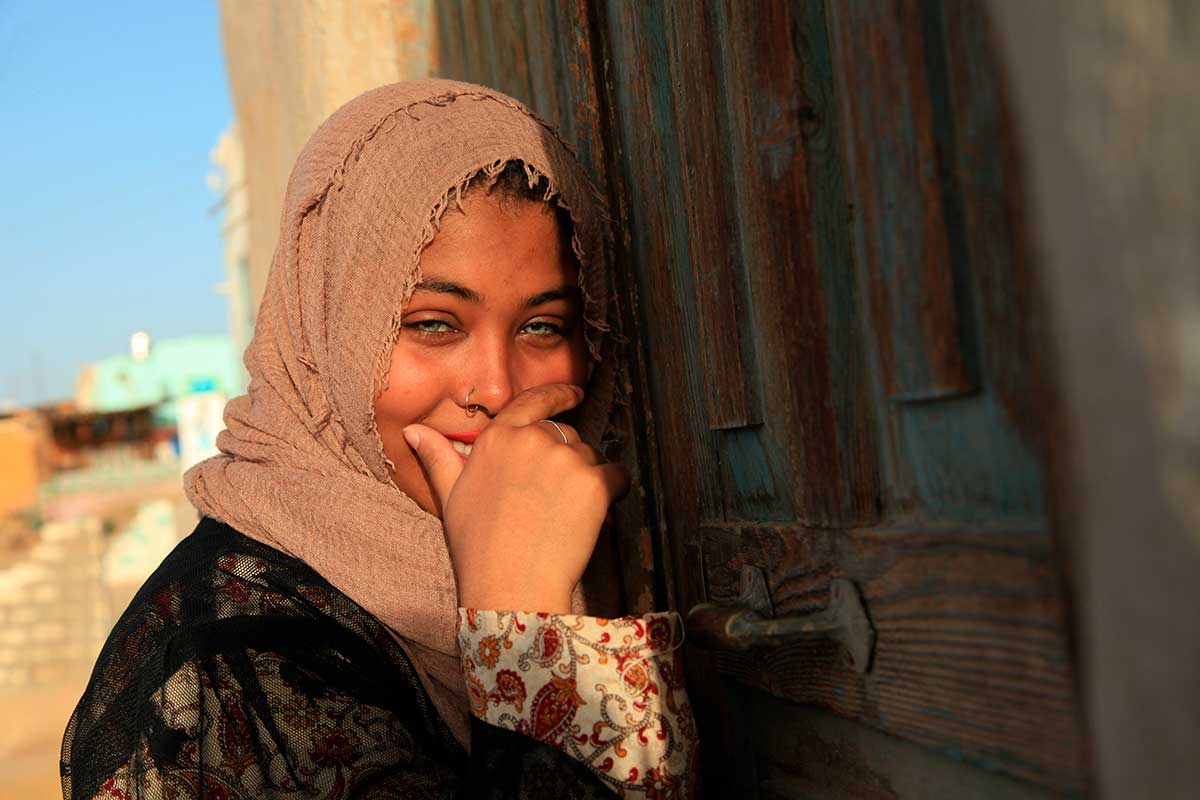Knowing the general information about Egypt will help you get in touch with the country that will host you during one of the most fascinating trips of your life. Therefore, on this page we show you, in a summarized way, the main keys at the level of population, culture and politics, although we address the most important topics in this same section and in the corresponding destinations so that you do not miss any detail.
Egypt is the most populous Arab country, with around 100 million inhabitants. And it has reached this figure as a consequence of exponential growth since the last decades of the 20th century,
Another positive indicator that should be mentioned is the Human Development Index, which expresses the level of quality of life according to variables such as access to education or health. In this sense, Egypt occupies the 116th position with a score of 0.7 out of 1, within the group of countries in ‘high level’, above countries in its environment such as Morocco (0.676) and with a faster annual improvement than that of other neighbors with a higher score, such as Tunisia (0.739) or Algeria (0.759).
But one of the general data of Egypt that most attract attention at the demographic level is the abysmal difference in density between some areas and others. Approximately 98% of the population lives in 3% of the country’s surface. That is, the Nile Delta and the banks of this great river have population density figures of 1,000 inhabitants/km 2, with peaks of 50,000 inhabitants/km2 in some large cities. In contrast, the vast surface occupied by desert is a desolate terrain, where it is hardly possible to find small villages in the vicinity of some oases.

Another of the general data of Egypt that you can appreciate to a greater or lesser extent on your trip is the number of ethnic groups that live in the country. The vast majority (more than 95%) are local Egyptians, the result of assimilation centuries ago between ancient Egyptians and the Arab population that arrived from the 7th century onwards. This percentage also includes the Copts who, even though they are Christians, use Egyptian Arabic as their language.
Today, Egyptian culture is strongly identified with the official religion: Sunni Islam. And this is appreciated, for example, in
Given the very wide following of the Islamic religion, the daily life is largely marked by the rules of this religion. For example, strict compliance with the annual Ramadan and daily prayer, among others. One of the general data of Egypt speaks for itself: between 85% and 90% of the population profess Islam. Of these, the vast majority (90%) are Sunni Muslims . And a very small part are Shiite Muslims: the data oscillate between some sources and others, and may represent from tens of thousands to almost one million followers.
But the importance of Arab culture goes much further and is reflected in the customs and traditions. For example, one of the most emblematic expressions of Arab culture has its epicenter precisely here: the belly dance, also called by many ‘Egyptian dance’. And as far as the urban landscape is concerned, the appearance of many cities is dominated by architectural elements as representative as madrasas and mosques, from which spectacular and prominent minarets stand out.

But although the general data of Egypt indicate an almost absolute predominance of Islamic Arab culture, we cannot forget about the Coptic minority, which represents around 10% of the population. Their religion is Christian and their liturgical language is ancient Coptic , which combines elements of ancient Greek and demotic (language of the last stages of Ancient Egypt).
Although coexistence between both religions and cultures has not always been easy, the truth is that this ethnic group has great weight in Alexandria and in neighborhoods of other cities, such as in Cairo. And it is also a reference in Christianity in general, actively participating in the care of places considered holy for this religion in Jerusalem.
Beyond Egyptian Arabs and Copts, a review of the general data of Egypt leads us to quantify other ethnic minorities that inhabit the country: more than thirty according to some sources, although the Egyptian government lowers that number. In any case, mention can be made of the Bedouins of the Arabian Desert and the Sinai Peninsula (more than one million people). Their language is Bedawi or Bedouin Arabic.
Gypsies also represent an ethnic group that exceeds one million people, settled from the 15th century onwards from Asia Minor, although some legends and myths of this people place their origins in Ancient Egypt. In fact, its name in Spanish could come from the corruption of the old term Egyptian that took for granted the link of this ethnic group with this country.
Another important population group are the Nubians, settled between Egypt and Sudan, and more specifically between the first and sixth cataracts of the Nile. However, today they live very dispersed, mainly after the construction of the Aswan Dam and the emergence of Lake Nasser, which led them to move to locations such as Elephantine Island, Luxor or Cairo. One of its distinctive features is the use of its own language, the nobiin, although they also use Arabic.
Less numerous are the Beja, a nomadic people who live in mountainous areas facing the Red Sea, as well as in northeastern Sudan. The same is true of the Berbers, settled in the Siwa oasis, located near the border with Libya, where they speak their language: Siwi.
Finally, the refugee population must also occupy a space in this section dedicated to the general data of Egypt, as this country hosts a large number of people displaced by various conflicts. For example, it is estimated that there are about 70,000 Palestinians, mainly on the border with the Gaza Strip. It also hosts about 150,000 Iraqis and about 23,000 from Sudan.

In addition to all this, the Egyptian people preserve and proudly present the culture of Ancient Egypt, which can already be considered extinct but which generates a great attraction worldwide: its mysterious hieroglyphic writing or its polytheistic religiosity were some of its most outstanding characteristics.
The Greek legacy is also a reference in the city of Alexandria, founded by Alexander the Great, which had one of the largest and richest libraries in the world, in honor of which the Bibliotheca Alexandrina was built in 1996. The Ottoman domination from the 16th century left less of a mark and is mainly seen in some constructions of the time.
Throughout its history, the government has been strongly centralized in one person. To the point of being divinized, as happened with the pharaohs of Ancient Egypt. But nowadays, unlike other countries in its environment, present-day Egypt does not take the form of a Monarchy, but of a Republic. Specifically, an Arab Republic , a form of State that arrived in the mid-twentieth century with the charismatic leader Gamal Abdel Nasser, in what became known as the Egyptian Revolution.
However, the current Constitution was approved in 2014, based on that of 1971. According to the Egyptian Magna Carta, the Head of State is the president, elected by the people in democratic elections. After a subsequent reform, the president can only be re-elected once . And the country is equipped with a single parliamentary chamber. For its part, the Government is formed by a Council of Ministers, led by the Prime Minister. The official religion is Islam, but freedom of belief and equality between the sexes are recognized.
The two main political and patriotic symbols of Egypt are its flag and its coat of arms, which appears precisely in the center of it. The flag is composed of three horizontal stripes of the same thickness, with colors that were adopted in the 50s of the last century, after the Egyptian Revolution. They are the following, from top to bottom:
In the center of this flag appears the eagle of Saladin, a patriotic symbol that commemorates the time of affirmation and consolidation of the country under this medieval military leader. This eagle appeared represented in the Citadel of Cairo, in the form of relief. At its feet, the denomination in Arabic of the Republic of Egypt and on its chest, a shield properly said with the colors of the national flag.